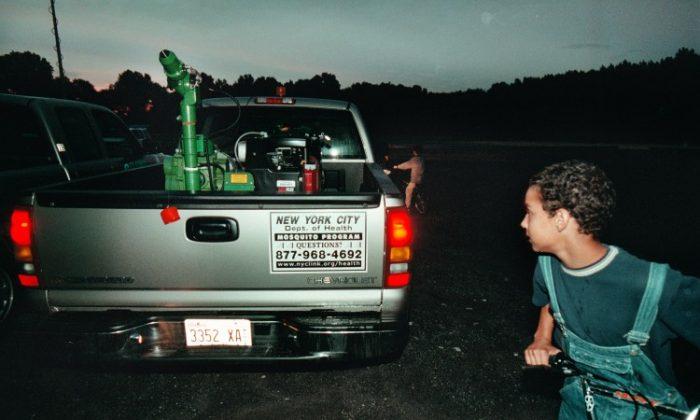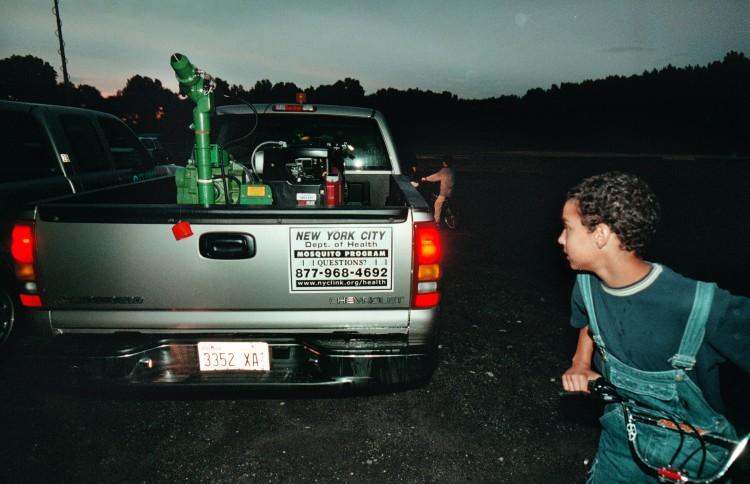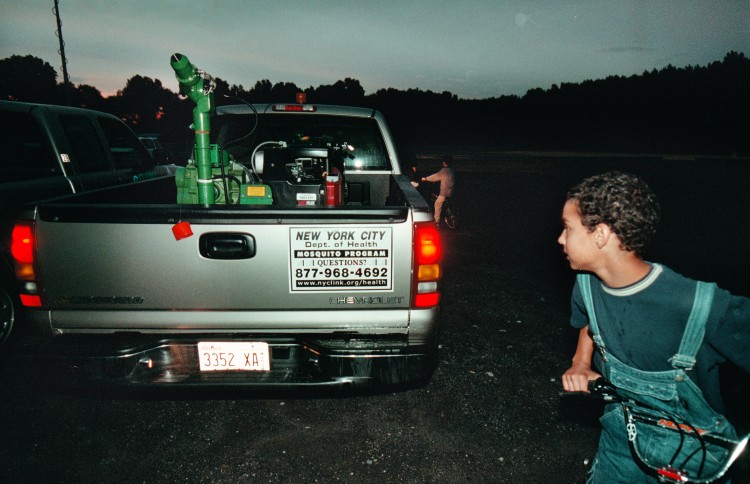NEW YORK—The city’s Health Department announced that West Nile Virus was detected in some mosquitoes in the neighborhoods of New Dorp Beach and Bull’s Head on Staten Island Tuesday.
West Nile Virus first appeared in the United States in New York City in 1999.
Birds can carry the virus, but based on research, mosquitoes, which get the virus from birds, are responsible for much of the spread of the virus across the United States.
The find on Tuesday came as trucks were in the process of spraying liquid insecticide in areas where mosquitoes are most active around the city—aiming to kill adult mosquitoes. At the same time, helicopters were spraying larvicide on nonresidential areas such as marshes—aiming to kill mosquito larvae before they grow and leave the water.
Yet spraying chemicals is not a solution, said Jay Torres, operations manager for Gateway Pest Management in Queens. “The solution would be to find out where water seems to collect more than any other places, and to treat those stagnant places and water pools. It’s a lot of work, for sure,” Torres said.
Joseph M. Conlon, a retired U.S. Navy entomologist, who is the technical adviser for the American Mosquito Control Association, also recommends getting rid of standing water in places that can potentially become mosquito breeding grounds.
“Be very fastidious about it,” he said. “I’ve seen mosquitoes breeding in discarded soda bottle caps.”
Wearing light-colored, loose-fitting clothing and using mosquito repellent can help deter mosquitoes.
As for whether the West Nile Virus is a legitimate threat, Conlon said it’s a bad omen that California is getting the virus earlier than usual right now. Overall, however, prevalence of the virus has gone down since landing in New York City in 1999. But, because a growing group of birds and people have never been exposed to the virus, Conlon said he worries the virus could potentially spread quickly.
“Other diseases do the same thing, and we have to be prepared,” he said. “The world’s getting a lot smaller, and some of the nastiest diseases on the planet are an eight-hour plane ride away.”
Thomas J. Daniels, who studies vector ecology at Fordham University’s Louis Calder Center, agreed.
“It’s a good idea to be aware that mosquito populations can take off, and disease can take off,” he said. “That’s why mosquito control is important.”
The National Centers for Disease Control and Prevention states that only about 1 in 150 people infected with West Nile Virus will develop serious symptoms, such as high fever, disorientation, coma, tremors, or paralysis. Approximately 4 out of 5 infected persons will not show any symptoms at all.








Friends Read Free